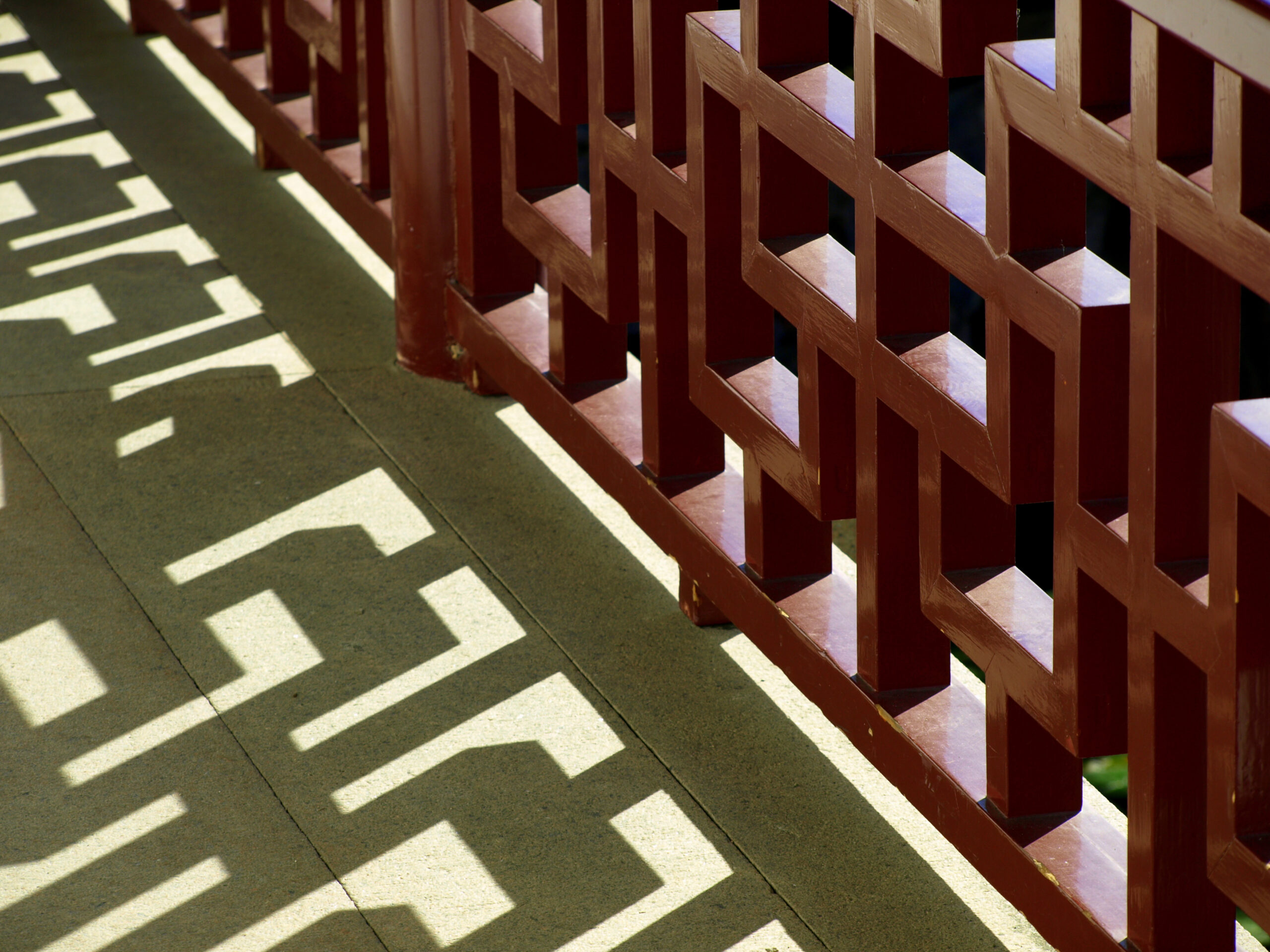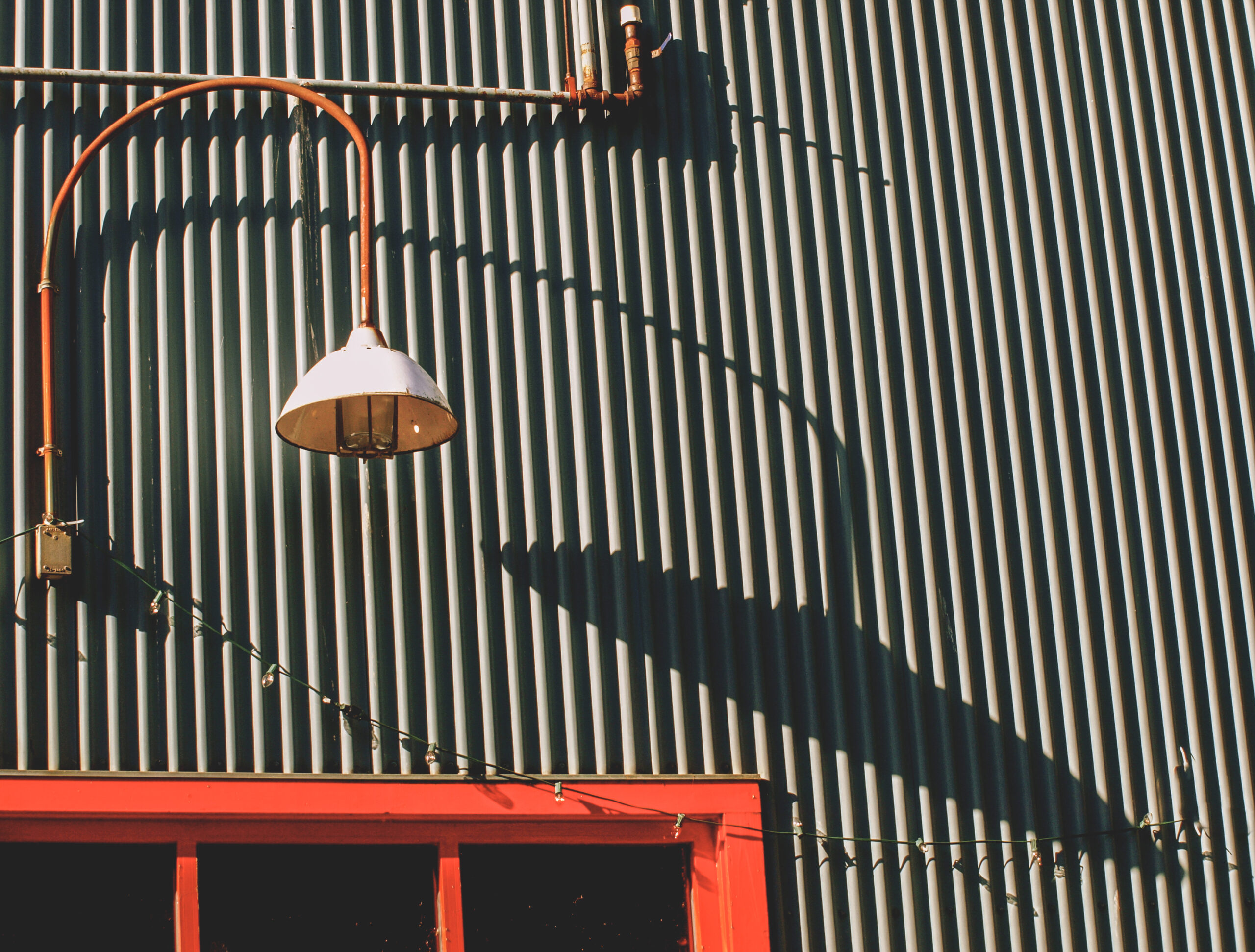Top Self-edge Denim Textile Producers Manual
Did you know that self-edge denim, famous for its robustness and timeless appeal, is produced by expert creators? The process of self-edge denim starts with the textile producers who meticulously knit and build this legendary denim textile. Finding the ideal selvedge denim fabric manufacturers is essential to ensuring the top-notch standard and craftsmanship in your denim jeans.
If you’re searching for the top selvedge denim, search no more. In this thorough handbook, we’ll lead you through the top self-edge denim textile producers, unveiling the labels that are known for their commitment to quality and exactness. From Iron Heart and Samurai to Pure Blue Japan and Oldblue, we’ll explore the top brands that embody the essence of selvedge denim by the yard.
But first, let’s unravel the fundamentals of self-edge denim and comprehend why it has entranced denim enthusiasts and fashion aficionados alike. Explore the craftsmanship, tradition, and unique traits that make Japanese, American, and European-made self-edge denim truly exceptional. From the fabrication technique to the various weights and features, we’ll discuss the self-edge spectrum and provide you with the knowledge to choose wisely.
So, whether you’re a denim connoisseur or starting your venture into the world of self-edge denim, this handbook will be your dependable resource in exploring the best self-edge denim textile producers and uncovering the spirit of this timeless fabric. Let’s begin this denim exploration collectively and find out the top that selvedge denim has to give.
Self-edge Denim Basics: Grasping the Fundamentals
Selvage denim is a cornerstone of quality craftsmanship and timeless style. But what exactly is self-edge denim, and what differentiates it from its other types? In this section, we will delve into the basics of self-edge denim, explaining its special characteristics and why it has garnered such a devoted following.
Selvedge denim is a kind of jean material knitted on traditional shuttle weaving machines, which make a closed edge on each side of the fabric. This sealed edge, characterized by the iconic colored lines tracing the outer of the seam, inhibits fraying and unraveling, resulting in a cleaner, longer-lasting textile. This meticulous precision in the fabrication technique makes selvedge denim in high demand by denim fans.
One of the unique traits of self-edge denim is its connection to superior quality and heavier weight fabric. Producers, particularly those in Japanese, are renowned for their proficiency of selvedge denim production, using long-threaded cotton fibers and traditional methods to craft denim that is not only strong but also contains a textured richness and character depth.
Grasping selvedge denim essentials is essential to valuing the distinctiveness of this textile. The next section will delve into the famed Japanese weaving factories famous for creating some of the best selvedge denim in the market.
Heritage and Craftsmanship: Understanding Japanese Self-edge
This segment examines the deep legacy and exceptional skill behind Japanese selvage. Japanese has traditionally been synonymous with outstanding jean making, and its mills have achieved iconic status in the market. Let’s explore some of these famous weaving factories and uncover the unique traits that make denim from Japan truly exceptional.
Famous Japanese Weaving Factories
Japanese selvedge denim owes its reputation for quality to the knowledge and commitment of its mills. Some of the most well-known names in the market are:
| Textile Mill | Region |
|---|---|
| Amhot Textile Mill | Okayama |
| Kuroki Mills | Yamagata Region |
| Japan Blue/Collect Textile Mill | Kojima City |
| Kaihara Mills | Hiroshima Region |
| Nihon Menpu Weaving Factory | Tokyo City |
| Toyoshima Weaving Factory | Chiba |
These textile mills have made themselves as pioneers in producing some of the best self-edge denim in the world. Each factory brings its distinctive style and artistry to the jean making process, resulting in a diverse range of selections for denim fans.
Special Characteristics of Japanese Selvage
Japanese selvage is esteemed for its exceptional quality and distinctive characteristics. Here are some of the important characteristics that make denim from Japan stand out:
- Premium Quality: Japanese textile mills take immense pride in using the highest quality materials and employing time-honored methods to produce jeans with unequalled strength and comfort.
- Heavier Weight Fabric: Denim from Japan is usually made using heavier weight fabrics, renowned for their sturdiness and ability to produce gorgeous wear patterns as they age.
- Reputation for Excellence: Japanese denim is generally considered as the highest standard in superior jean material, desired by denim connoisseurs around the world.
These distinctive traits turn Japanese self-edge denim a preferred option among jean lovers and aficionados who appreciate the craftsmanship and artistry that is involved in producing each pair of jeans.
Exploring American Self-edge: Famed Factories and Their Stories
When it comes to American self-edge denim, there are a few iconic mills that have left a mark on the field. One of the most recognizable is Cone Textile Mill, which is notable as being the last self-edge denim factory in the USA.
Cone Textile Mill has a storied past, dating back to the late 19th century, and its partnership with Levi’s Jeans has been crucial in the acceptance of American denim. The high-quality fabric created by Cone Mills has been utilized in Levi’s jeans for years, making it associated with US denim history.
Aside from Cone Mills, there are other renowned American denim look leggings mills that have added to the field development and fame. The White Oak Division, a division of Cone Mills, was well-known for its superior material before its closure in the late 2010s. Another notable mill is Rogue Territory Mills, which has become known for its craftsmanship and commitment to creating superior jeans.
Opting for top-tier selvage from these American mills gives many benefits. The longevity of the textile guarantees that your jeans will endure long-term use and frequent washing. Additionally, the unique fading patterns that appear over time result in a personalized and distinctive look, making each denim pair truly one-of-a-kind. With American selvedge denim, you obtain great bang for your buck.
| Factories | Year Founded | Notable Contributions |
|---|---|---|
| Cone Mills | the year 1891 | Provider of material for Levi’s |
| White Oak Branch (Cone Textile Mill) | 1905 | Renowned for top-tier textile pre-2017 ending |
| Rogue Territory | the year 2008 | Famed for skill and top-tier denim |
Exploring European Excellence in Denim Fabrication
European selvedge denim is renowned for its outstanding skill and superiority. In this section, we highlight two Italian experts of denim creation: Candiani Mills and Berto Textile Mill. These mills have created a strong renown in the market for their outstanding denim fabric.
The Italian Masters: Candiani and Berto Weaving Factories
Candiani Weaving Factory, situated in Italy, has been making some of the top denim textile since the mid-20th century. With a dedication to sustainability, Candiani Weaving Factory utilizes advanced techniques and eco-friendly practices to make premium denim that aligns with the top standards.
- Their textiles are renowned for their softness, durability, and beautiful color changes.
- Candiani Mills’ European selvedge denim is chosen by style-leading brands and jean connoisseurs alike.
- They provide a wide range of denim varieties, from thin to heavyweight, enabling flexibility in different clothing designs.
Berto Textile Mill, another renowned Italian weaving factory, has been at the leading edge of denim creation for a century and two decades. With a profound tradition and devotion to age-old skill, Berto Mills continues to create top-tier denim textile that meets the best standards.
- Berto’s European selvage is famous for its special characteristics, with slubby textures and gorgeous wear patterns.
- Berto Weaving Factory offers a variety of denim types and surface treatments, enabling designers and denim enthusiasts to produce distinctive and custom garments.
- They prioritize eco-friendly production methods and utilize eco-conscious components to lessen the planetary burden of denim production.
Contributions from Cone Mills: The US Denim Heritage
While discovering European excellence, it’s vital to recognize the contributions of Cone Mills, an iconic American denim mill, to European textile heritage. Cone Mills has been a pioneer in the jean market for decades, well-known for its devotion to superiority and originality.
- The self-edge textiles from Cone Mills have been employed by famous jean labels around the world, showcasing the versatility and toughness of US-made jeans.
- The self-edge varieties from Cone Mills include a wide range of designs, densities, and coatings, serving the diverse needs of style creators and jean lovers.
- From traditional indigo denim to contemporary flexible types, Cone Mills continues to break new ground of denim manufacturing.
European selvage denim lovers are have a wealth of options with the superior selections from Candiani Weaving Factory, Berto Weaving Factory, and the heritage of Cone Textile Mill. These textile mills represent the zenith of craftsmanship and demonstrate the devotion to superiority that has made European selvage material highly sought after in the clothing field.
The Selvage Material Makers
In the universe of selvedge denim, a wide range of manufacturers add to the making of this superior material. Each manufacturer contributes its own style, leading to a diverse selection of selvage names. Learning about various producers is crucial in discovering the perfect pair of selvage jeans that suit individual preferences.
Below is a complete compilation of selvedge denim fabric manufacturers renowned for their top-tier production and craftsmanship:
| Maker |
|---|
| Iron Heart |
| Samurai |
| Oni Denim |
| Pure Blue Japan |
| Flat Head Jeans |
| Fullcount Denim |
| Benzak Denim Developers |
| Indigofera Prima Jeans |
| Blaumann Jeanshosen |
| Ooe Yofukuten & Co. |
| Oldblue Co. |
These makers have made themselves as trailblazers in the self-edge denim market. Each label has its unique style, cut, and material makeup, serving diverse preferences.
Whether you’re a die-hard denim enthusiast or a trendsetting individual, it’s important to discover the choices from various selvedge denim fabric manufacturers to discover the perfect pair of jeans that match your personal style.
The Skill of Denim Fabrication: How Selvedge is Made
Denim fabrication is a meticulous craft that is crucial in the production of selvedge fabric. The intricate weaving process requires the interweaving of threads to form the unique crosswise structure that denim is recognized by.
Shuttle Looms vs. Projectile Looms
Two varieties of textile makers are mostly used in denim fabrication: shuttle weaving machines and modern weaving machines. Shuttle weaving machines are old-fashioned, less fast machines that create self-edge denim. These looms have a weaving carrier that transports the filling yarn through the warp threads. The resulting fabric has a finished border, called the self-edge, which stops coming undone and demonstrates the craftsmanship of the weaving process.
On the other hand, modern weaving machines are up-to-date, high-speed instruments that are widely used in mass production. These looms propel the cross thread across the lengthwise fibers using a sword-like device or air jet mechanism. While modern weaving machines are good at high-volume denim fabrication, they do not create selvedge denim fabric by the yard because of their inability to create the closed edge.
The Significance of Untreated Denim in Selvage Creation
Unwashed denim, also known as unprocessed or raw jeans, is essential in the fabrication of selvedge fabric. Raw denim is produced from cotton yarns that have not undergone any pre-washing or procedures, preserving the natural characteristics of the material.
When untreated denim is knitted on shuttle weaving machines, it makes a robust and heavy textile with a more compact interlacing. The lack of pre-treatment permits the denim to form unique fades and wrinkles with age, creating a personalized and one-of-a-kind style. This is why fans of untreated self-edge recognize the high-quality and longevity of selvedge jeans.
The combination of shuttle looms and raw denim showcases the traditional artistry and focus on precision that goes into producing selvage material. Each pair of selvedge jeans conveys a narrative through its knitted build and raw texture, making them a top choice among jean experts.
Unraveling the Selvedge Spectrum: Weights and Qualities
In the realm of self-edge denim, weights and qualities are crucial in the uniqueness of the material. Selvage materials come in a variety of thicknesses, and each class has its special features and benefits.
A common factor to think about when exploring selvedge denim is the thickness of the material. Selvage material classes can vary, and heavier weights are usually linked to toughness and longevity. These textiles have a closer interlacing and are less likely to deteriorate, making them ideal for those wanting a durable and sturdy jean pair.
Alongside thicknesses, self-edge textiles also offers a variety of qualities that contribute to its desirability. One of these qualities is texture, which means the irregular thickness or fine threads found in the textile. Rough selvage material has a bumpy and irregular surface, providing an element of uniqueness and appealing appearance.
Texture is another key trait of selvedge denim. According to the knitting method employed and the type of yarns, selvage materials can have a coarse or even feel. The texture of the fabric impacts the total appearance and comfort of the wear, making a unique touch sensation.
Wear pattern formation is another characteristic to take into account when exploring self-edge textiles. Specific varieties of self-edge textiles are famous for their superior wear patterns, allowing the fabric to show wear and form one-of-a-kind looks over time. This characteristic adds to the individuality of self-edge textiles and the story it tells through its look.
Overall, the self-edge range includes a wide range of weights and features, allowing individuals to pick the material that best suits their preferences and desired wearing experience. Whether seeking strength, texture, or color changes, self-edge textiles has a diverse selection of choices to discover.
Key Features to Consider When Choosing Selvedge Denim
When it comes to selecting the perfect pair of selvedge denim jeans, evaluating key features can be crucial. Two key aspects to take into account are fabric weight and toughness.
Material Thickness and Strength
Textile density decides the thickness and durability of the jeans, directly impacting its durability and longevity. Denser selvage denim, usually between 14-21 ounces, is typically more durable and less prone to damage, making it an suitable selection for people looking for denim that can withstand rugged use and offer long-lasting quality.
The toughness of self-edge jeans is improved by the tightly woven construction of the material. The use of classic loom shuttles makes a closer interlacing, resulting in a stronger material that can withstand frequent cleaning and constant use.
For those who like a lighter weight option, selvage denim with a lower fabric weight, ranging from 10 to 13 oz, offers a softer and airier wear. While lighter weight denim may not be as sturdy as thicker choices, it still possesses a good amount of toughness and can create unique fades and individuality as it ages.
Color Changeability and Material Attributes
One of the main traits of selvage denim is its ability to develop individual color changes that show the wearer’s lifestyle and patterns. Fade potential means the material’s inclination to age and create one-of-a-kind looks and hue changes with frequent wearing and laundering.
Material attributes is another key feature to think about when choosing selvedge denim. This refers to the distinctive visual traits, such as slubbiness, spiral appearance, and irregularities in the weave. These features add to the distinctiveness of the fabric and can make each jean pair truly one-of-a-kind.
Whether you want a more subtle and uniform fade or a striking and distinct design, understanding the color changeability and fabric traits of selvage denim can guide you choose a textile that aligns with your unique look and desired look.
Material Thickness and Strength
| Textile Density | Strength |
|---|---|
| Thick (14-21 oz) | Strong, ideal for rugged use |
| Thin (10-13 oz) | Tough enough with a more comfortable fit |
Eco-Friendly Practices in Self-edge: Sustainable Creation Techniques
In the universe of selvedge denim, environmental responsibility has become an increasingly crucial aspect of green production. Consumers are now more conscious of the planetary burden of the products they purchase, and the jean market is no exception. To address these concerns, weaving factories like Candiani Textile Mill have emerged as pioneers of sustainable selvedge denim production.
Candiani Textile Mill, known as the greenest denim mill in the industry, is focused on implementing eco-friendly manufacturing approaches. The textile maker emphasizes reducing water consumption, reducing chemical use, and using cutting-edge methods to reach a more sustainable production process. By using these practices, Candiani aims to make denim that not only matches top-tier criteria but also aligns with the beliefs of eco-aware buyers.
It is vital for consumers to select carefully and support brands and manufacturers that prioritize eco-friendliness. By choosing green selvage, individuals can help with a more environmentally friendly denim industry. Together, we can encourage the use of sustainable practices throughout the production process and support a more sustainable future for denim manufacturing.
| Benefits of Sustainable Selvedge Denim |
|---|
| 1. Minimized water use |
| 2. Minimized chemical usage |
| 3. Minimized planetary burden |
| 4. Supports ethical manufacturing practices |
| 5. Fits green-minded buyer beliefs |
Denim Innovations: Combining History with Innovation
This part of the write-up explores the fascinating realm of jean advancements that seamlessly blend tradition with contemporary techniques. Denim, a classic and adored textile, has continued to evolve to fit the demands of contemporary fashion while holding fast to its origins.
Contemporary Improvements in Jean Fabrics
With progress in fabric techniques, jean makers have been able to enhance the effectiveness and durability of their materials. Advanced weaving techniques, such as the use of shuttle looms, make a tighter, denser weave that leads to a more durable and hard-wearing textile. This not only improves the longevity of the material but also contributes to better fades and distinct feel.
Material processes have also been important in improving denim material. Unique methods, such as enzyme-based rinses and coating techniques, can produce a variety of finishes, from weathered and vintage styles to smooth and shiny finishes. These techniques enable adaptability to traditional denim, enabling a greater variety of creative choices and consumer preferences.
Advances in Eco-Friendly Practices
In addition to current advancements in jean fabrics, the market has seen important innovations in green manufacturing. Understanding the importance of minimizing its impact on the environment, denim manufacturers have been investigating eco-friendly dyeing processes and adopting the employment of reused components.
By implementing green coloring methods, such as foam dyeing or organic blue color, producers are lowering water and power usage while still producing bright and long-lasting jeans. The utilization of repurposed components, such as recycled cotton or synthetic threads, aids lessen the requirement for fresh components and diverts textile waste from landfills.
This commitment to green manufacturing ensures that jean making can continue to thrive without damaging the well-being of the earth. As the industry changes, incorporating both classic artistry and modern techniques, a more sustainable and ethical approach to denim manufacturing will become the usual practice.
Modern Enhancements and Environmental Sustainability in Denim
| Contemporary Improvements | Environmental Sustainability |
|---|---|
| Advanced weaving techniques | Eco-friendly color applications |
| Textile techniques | Employment of reused components |
The comparison above the article shows the modern enhancements in jean fabrics and the associated innovations in eco-friendliness. It showcases the ongoing efforts of the industry to merge history and technology with sustainable methods, guaranteeing a brighter and eco-friendlier era for denim material.
Conclusion
After delving into the universe of self-edge textile producers, it is obvious that there is a diverse selection of selections available to jean lovers. From renowned brands like Ironheart, Samurai, and Oni to Flat Head Jeans, Full Count, and Indigofera, each maker contributes their distinctive look and skill to the market. When it comes to picking the ideal producer, it is essential to take into account unique needs and the ideal style and comfort of the jeans.
In addition to the diverse selection of makers, the advantages of high-quality untreated self-edge cannot be overlooked. Its longevity, top-tier color changes, and great bang for your buck make it a worthwhile investment for jean enthusiasts. Moreover, eco-friendliness plays a significant role in the jean market, and many manufacturers are employing sustainable techniques to creation, such as Candiani Textile Mill, known as the greenest denim mill in the industry.
Lastly, the denim industry keeps evolving by blending tradition with technology. Current advancements in jean fabrics, such as advanced weaving techniques and fabric treatments, improve the effectiveness and durability of self-edge jeans. Advances in eco-friendly practices, such as sustainable color applications and the use of recycled materials, enhance a greener denim industry.
In summary, discovering the realm of selvage material makers gives a variety of choices and enables shoppers to discover the ideal pair of jeans that fit their individual needs. From the advantages of high-quality untreated self-edge to green creation and denim innovations, there is plenty to learn and enjoy in the universe of selvage denim. So, make the effort to explore and make informed choices to value the everlasting appeal and excellence of self-edge jeans.



